How to Repair Damaged Hair: A Step-by-Step Guide | |
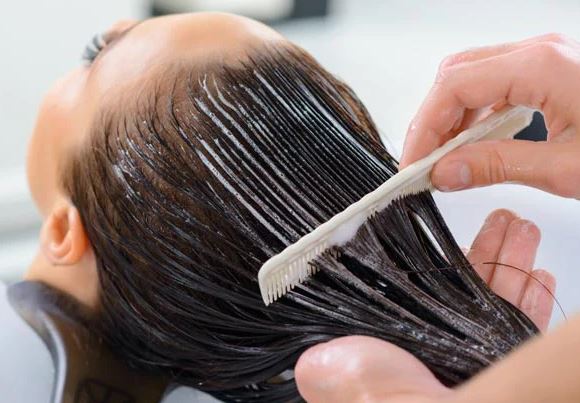
| |
Having healthy and lustrous hair is a goal for many individuals. However, due to various factors such as excessive heat styling, chemical treatments, environmental pollutants, and poor hair care practices, our hair can become damaged, dry, and brittle. If you're dealing with damaged hair and wondering how to restore its vitality, this step-by-step guide is here to help. In this article, we will explore effective techniques and tips for repairing damaged hair, allowing you to regain its natural shine and strength. 1. Understanding Hair DamageBefore delving into the steps to repair damaged hair, it's essential to understand the common causes of hair damage. Excessive use of hot styling tools, such as flat irons and curling irons, can strip the hair of its natural moisture, leaving it dry and prone to breakage. Chemical treatments, such as hair dyeing and perming, can also weaken the hair shaft and cause damage. Environmental factors like exposure to sun, wind, and pollution can further exacerbate hair damage. 2. Assessing the Severity of Hair DamageTo effectively repair damaged hair, it's important to determine the severity of the damage. Take a close look at your hair and assess its condition. Look for signs such as split ends, breakage, frizz, and lack of shine. Understanding the extent of the damage will help you tailor your hair care routine accordingly. 3. Creating a Hair Care RoutineEstablishing a proper hair care routine is crucial for repairing damaged hair. Start by using a gentle shampoo and conditioner specifically formulated for damaged hair. Avoid shampoos that contain harsh sulfates as they can strip away natural oils. Remember to rinse your hair thoroughly to remove all product residue. 4. Using Moisturizing and Repairing ProductsIncorporate moisturizing and repairing hair products into your routine. Look for products containing ingredients like argan oil, shea butter, and keratin, as they help nourish and strengthen the hair. Deep conditioning treatments and leave-in conditioners can provide intensive hydration and repair damaged strands. 5. Minimizing Heat StylingExcessive heat styling is one of the primary culprits behind hair damage. To promote hair repair, reduce the use of hot tools whenever possible. Allow your hair to air dry instead of blow-drying and opt for heat-free styling methods like braiding or twisting. If you must use heat styling tools, apply a heat protectant spray to minimize damage. 6. Avoiding Chemical TreatmentsWhile chemical treatments may temporarily enhance the appearance of your hair, they can cause significant damage in the long run. Avoid frequent hair dyeing, perming, and straightening procedures as they weaken the hair structure. If you desire a change in hairstyle, consult a professional stylist who can recommend safer alternatives. 7. Nourishing from Within: Diet and HydrationRepairing damaged hair requires more than external care. A well-balanced diet rich in vitamins, minerals, and proteins is essential for healthy hair growth. Include foods like salmon, eggs, spinach, and nuts in your diet to provide essential nutrients. Additionally, staying hydrated by drinking an adequate amount of water throughout the day will improve hair health. 8. Incorporating Hair Masks and TreatmentsHair masks and treatments can work wonders in repairing damaged hair. Opt for nourishing masks that contain ingredients like avocado, coconut oil, or honey. Apply the mask to your hair once a week, focusing on the damaged areas. Leave it on for the recommended duration and rinse thoroughly. 9. Protecting Hair from Environmental StressorsShielding your hair from environmental stressors is crucial for preventing further damage. Wear a hat or use a UV protection spray when spending time in the sun. Minimize exposure to chlorinated water in swimming pools by wetting your hair beforehand and wearing a swim cap. Additionally, protect your hair from extreme weather conditions by using scarves or head coverings. 10. Trimming Split Ends RegularlySplit ends are a common issue in damaged hair and can hinder the repair process. Schedule regular trims every 6 to 8 weeks to get rid of split ends and prevent them from traveling up the hair shaft. Trimming helps maintain healthy hair and promotes growth. 11. Being Gentle with Wet HairWet hair is fragile and prone to breakage. Avoid vigorous towel-drying and opt for a microfiber towel or an old T-shirt to gently squeeze out excess water. Detangle wet hair with a wide-toothed comb, starting from the ends and working your way up to minimize breakage. 12. Embracing Natural Hair Care PracticesSimplify your hair care routine by embracing natural practices. Avoid over-brushing or over-styling your hair, as it can cause unnecessary damage. Let your hair air dry whenever possible and limit the use of hair accessories that can pull or tug at the strands. 13. Professional Assistance: When to Seek a Hair StylistIf your hair damage is severe or persists despite your efforts, consider seeking professional assistance. A qualified hair stylist can assess your hair's condition and recommend suitable treatments and products. They may suggest techniques like deep conditioning, protein treatments, or specialized hair masks to expedite the repair process. 14. Maintaining Healthy Hair in the Long RunOnce you've successfully repaired your damaged hair, it's important to maintain its health in the long run. Continue following a gentle hair care routine, incorporating moisturizing and repairing products regularly. Avoid excessive heat styling and chemical treatments to prevent future damage. 15. ConclusionRepairing damaged hair requires patience, consistent effort, and a holistic approach to hair care. By understanding the causes of hair damage and following the step-by-step guide outlined in this article, you can restore your hair's vitality and achieve healthy, beautiful locks. Remember to tailor your routine to suit your specific hair type and severity of damage, and don't hesitate to seek professional advice if needed. FAQs
| |
| Category: Hair Care | |
| Total comments: 0 | |
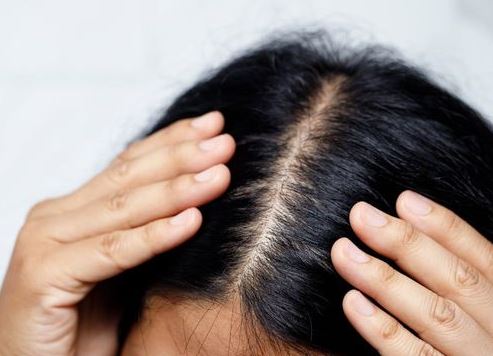 |
| The Importance of Scalp Health for Overall Hair Growth |
 |
| How to organize and declutter your wardrobe |
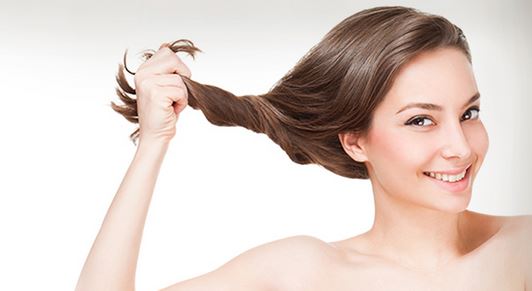 |
| The Benefits of Using Protein Treatments for Hair Strength |
 |
| The Best Hairstyles for Different Hair Lengths and Textures |
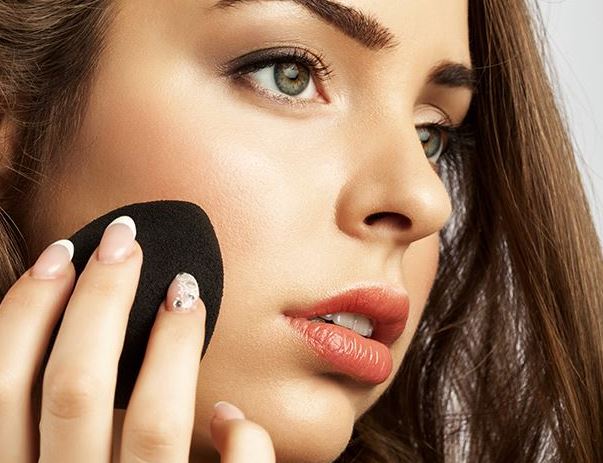 |
| Summer Makeup Essentials: Products for a Heat-proof Look |
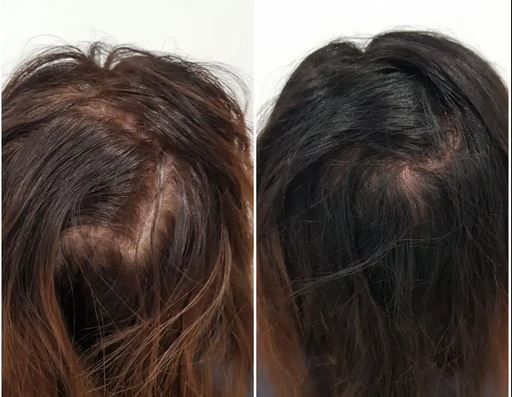 |
| The Science Behind Hair Density: Understanding Your Hair's Thickness |
 |
| Essential Travel Makeup: Packing Light without Sacrificing Style |
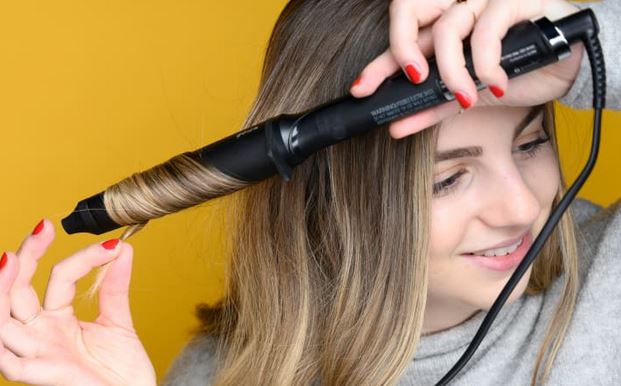 |
| The Best Hair Styling Tools for Different Hairstyles |
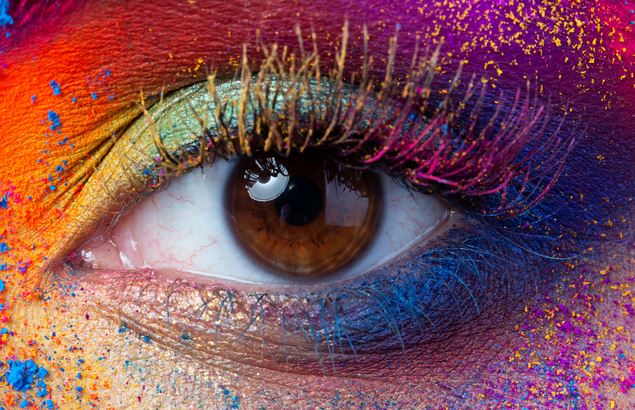 |
| Creating a Bold and Vibrant Makeup Look |
